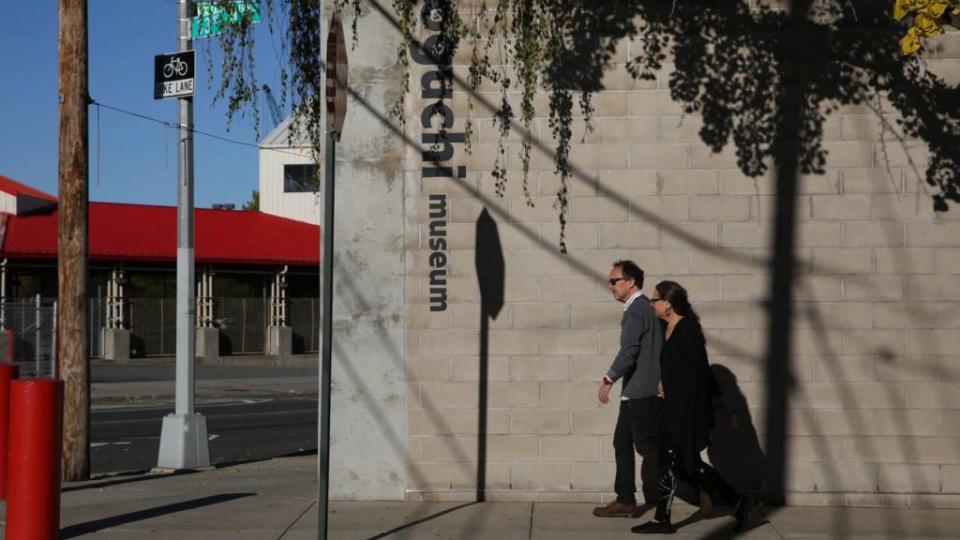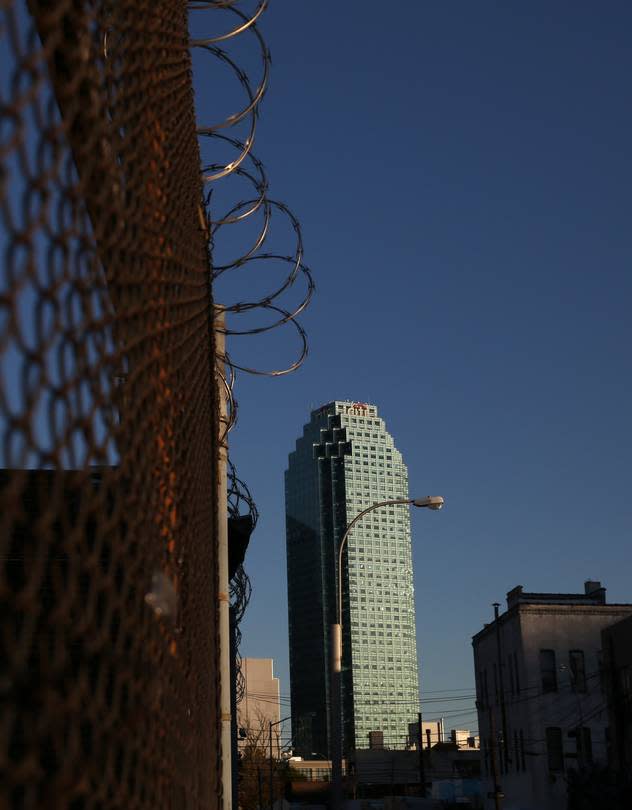Long Island City Aims to Manage Momentum
Bess Adler
Even with a surge of apartment construction over the past decade, Long Island City has managed to retain a bustling blend of industrial businesses, design firms, tech outfits and cultural and arts groups.
Keeping it that way—and somehow keeping it affordable—is a top concern for those who have helped to diversify the neighborhood in western Queens, according to a comprehensive plan and analysis expected to be released Monday.
“We saw so much investment not just in new buildings but new businesses and museums and new parks,” said Elizabeth Lusskin, president of the Long Island City Partnership, a local development organization which issued the plan for the greater Long Island City area. “There is a real need to make it possible to figure out how all the sectors can be here.”
Some 11,000 condominium and rental apartments have been built in Long Island City over the last decade. Another 22,500 apartments are in the planning stages or being developed, according to the Long Island City Partnership.
At the same time, more than two-thirds of the 515 businesses and organizations responding to the partnership’s survey say they intend to stay in the neighborhood over the next five years. And about 87% of them expect to maintain or increase their workforce. That means those who plan on staying will need at least 1.1 million square feet of additional space, according to the plan, which included parts of Astoria.
“There is a real consensus that no one wants all residential; no one wants all commercial or all industrial,” said Jonathan White, executive vice president of White Coffee, a third generation business that imports, roasts and ships coffee to restaurants, hotels and markets both regionally and nationally.

Bess Adler
Finding affordable space is a challenge. Artists and cultural organizations—often the trailblazers that make a neighborhood hot—are particularly vulnerable to displacement. As the area has developed, the demand on arts programming and education has also increased for such places as Socrates Sculpture Park, which sits on the riverfront across from Roosevelt Island and is one of the area’s cultural anchors.
“What I think the plan hopefully is going to do is interrupt the cycle,” said Katie Denny Horowitz, director of development and communications at Socrates Sculpture Park, “and not have what’s happened in SoHo or what has happened in Williamsburg, where people have gotten priced out.”
Two of Long Island City’s important sectors—commercial office businesses and industrial firms—often find themselves in competition as industrial spaces are converted to office space, according to the study.
Demand for office space has grown and is expected to continue its surge with potential companies spun out of the Cornell Tech campus on nearby Roosevelt Island. Average asking rents rose to $31.38 a square foot in October of 2015, a 73% increase since 2006, the report noted. Yet, property owners interviewed for the report have said that the level of asking rents still aren’t high enough to financially justify ground-up office development.
The need for industrial space is strong. But while many of these businesses are willing to pay the higher-end rates, property owners have converted some of this space into more lucrative commercial offices or hotels, the report stated.
The industrial vacancy rate is tight—2.4%. Over the last decade, 2.1 million square feet of rentable industrial space has been lost through repurposing for other uses. By 2020, 80% of the industrial firms surveyed will see their leases expire.

Bess Adler
In addition to good-paying jobs, the city’s industrial sector plays a critical role in the region, providing services to the city’s central business districts, said Seth Pinsky, executive vice president at RXR Realty and a member of the steering committee for the comprehensive plan. Long Island City’s firms are sources for everything from food to customized glass across the city.
“If those services are displaced, it makes it harder for places like Manhattan to do what they do,” Mr. Pinsky said.
The report lays out broad recommendations that include the city improving existing tax incentives for businesses to relocate or expand in the area.
The plan also suggests the city’s Department of Planning and its Economic Development Corp. work with the community to use zoning actions or neighborhood programs to encourage office development and the creation of affordable space for artists while stemming the loss of industrial space.
Ms. Lusskin pointed to Tishman Speyer’s new project in Long Island City as an example. The city granted the 1.1-million-square-foot office and retail project about $65 million in tax incentives.
But those involved said the report is just a first step toward figuring out more specific solutions.
“Long Island City today is an unquestionable success story, but with that success comes side effects,” Mr. Pinsky said. “Figuring out how to address those implications in Long Island City gives us a blueprint for how to address those implications in neighborhoods across the city.”
The post Long Island City Aims to Manage Momentum appeared first on Real Estate News and Advice - realtor.com.



